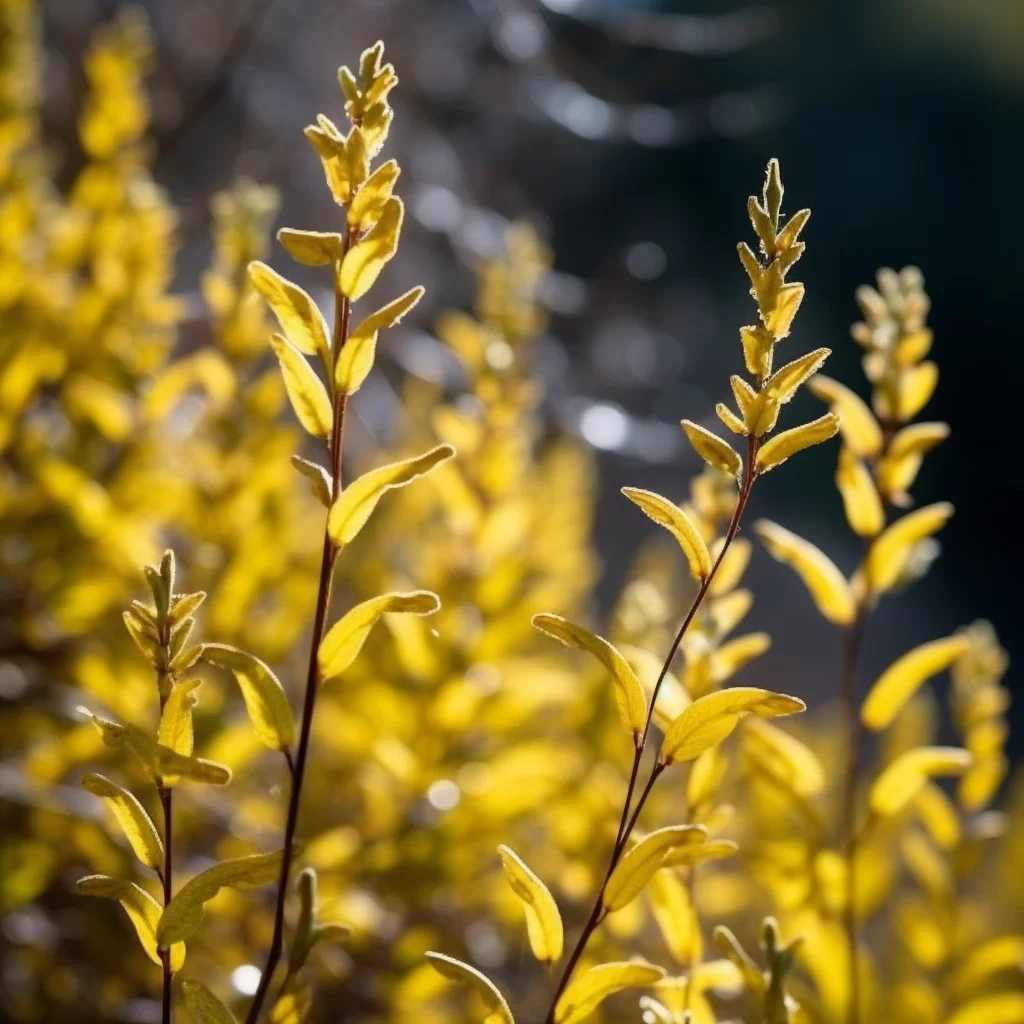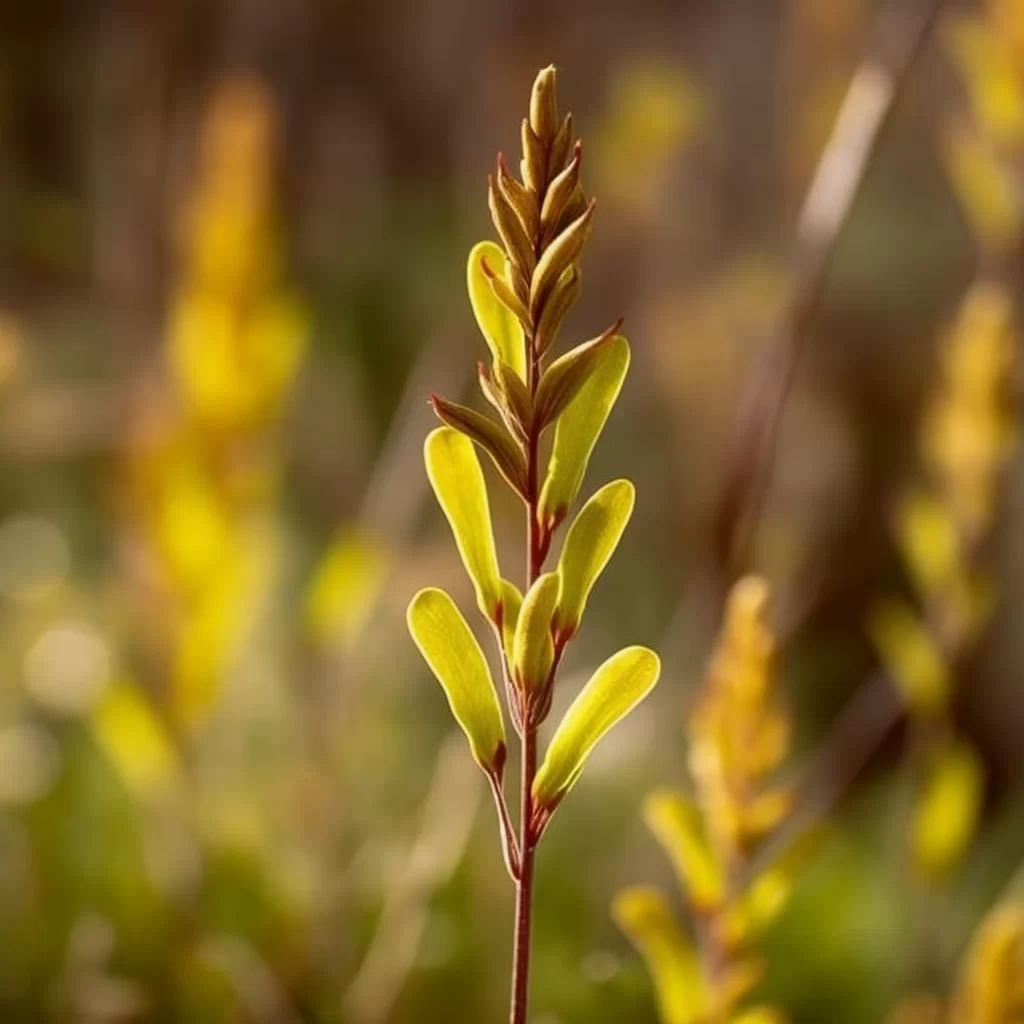Story of Day :
Contents
The Scottish Broom Plant: A Complete Guide and Care Tips
Gardening enthusiasts around the world love adding the Scottish broom plant to their gardens, and for good reasons.
The plant’s vibrant yellow flowers provide an eye-catching display that can brighten up any garden.
If you’re planning on adding this beautiful plant to your garden or maybe own one already, this guide will provide you with all the information you need to care for it properly.
What is a Scottish Broom Plant?
Also known as Genista scotia or Scot’s broom, the Scottish broom plant is a shrub species native to Scotland and other parts of Europe.
It belongs to the pea family (Fabaceae) and grows up to 3 feet tall with a spread of about 4 feet wide.
Care Tips for Your Scottish Broom

To ensure your scottish broom thrives in your garden, follow these care tips:
- Sunlight: The scottish broom needs plenty of sunlight exposure to thrive – at least six hours daily.
- Soil: Ensure that you grow your scottish bloom in well-draining soil that doesn’t retain moisture.
Too much water can cause root rot which may kill off the plant entirely.
- Fertilizer: Add fertilizer yearly during springtime using slow-release granular food or organic compost.
Avoid high-nitrogen fertilizers as they may harm its roots severely.
- Maintenance pruning: Prune after flowering stops when necessary by removing dead wood from inside outwards at ground level before new growth begins again in early spring..
Propagation of Scottish Broom Plant
The scottish broom plant can be propagated through cuttings or seeds.
It is best to propagate during late summer or early autumn.
- Cuttings: Take 4-6 inches long tip cuttings during late summer.
Remove lower leaves, dip the end in rooting hormone, and plant in well-draining soil.
Keep them moist by misting regularly and ensure they receive plenty of sunlight exposure.
- Seeds: Collect fresh seeds after flowering and sow them into a tray filled with compost mix., cover lightly with compost, water well, and keep in a cold frame for protection against frost until seedlings grow about 3 inches tall before transplanting outdoors or into pots.

Possible Problems with Scottish Broom Plant
The Scottish broom plant is generally easy to care for; however, it may face some problems like other plants.
Here are some commons issues that you need to address:
- Insects pests: Aphids love feeding off the tender growth of scottish broom plants leaving behind sticky honeydew sooty molds which weaken their roots overtime.. Insecticidal soap sprays can help control this problem effectively without harming beneficial pollinators such as bees.
- Fungal Diseases: If your soil has poor drainage qualities fungus may develop on the roots causing root rot leading to wilting stems or yellowed leaves which will eventually die if left untreated over time.. Ensure your soil drains well by incorporating organic matter or sand into heavy clay soils; avoid splashing water onto foliage since this can spread spores easily from one leaf surface onto another’s surface causing further infections throughout the plant.
- Overwatering: Overwatering may lead to root rot, and this can kill off your scottish broom plant.
Ensure that you water it only when necessary and avoid wetting the foliage to prevent fungal diseases from developing.
The Bottom Line

The Scottish broom plant is an excellent addition to any garden.
Its vibrant yellow flowers light up the landscape, adding a touch of beauty.
Growing it requires minimal effort with proper care tips such as adequate sunlight exposure, well-draining soil, yearly fertilization, maintenance pruning while avoiding overwatering or splashing foliage with water which may spread disease spores around infecting other leaf surfaces easily.. With this guide on hand, you now have all the information you need on how to care for your scottish broom properly.